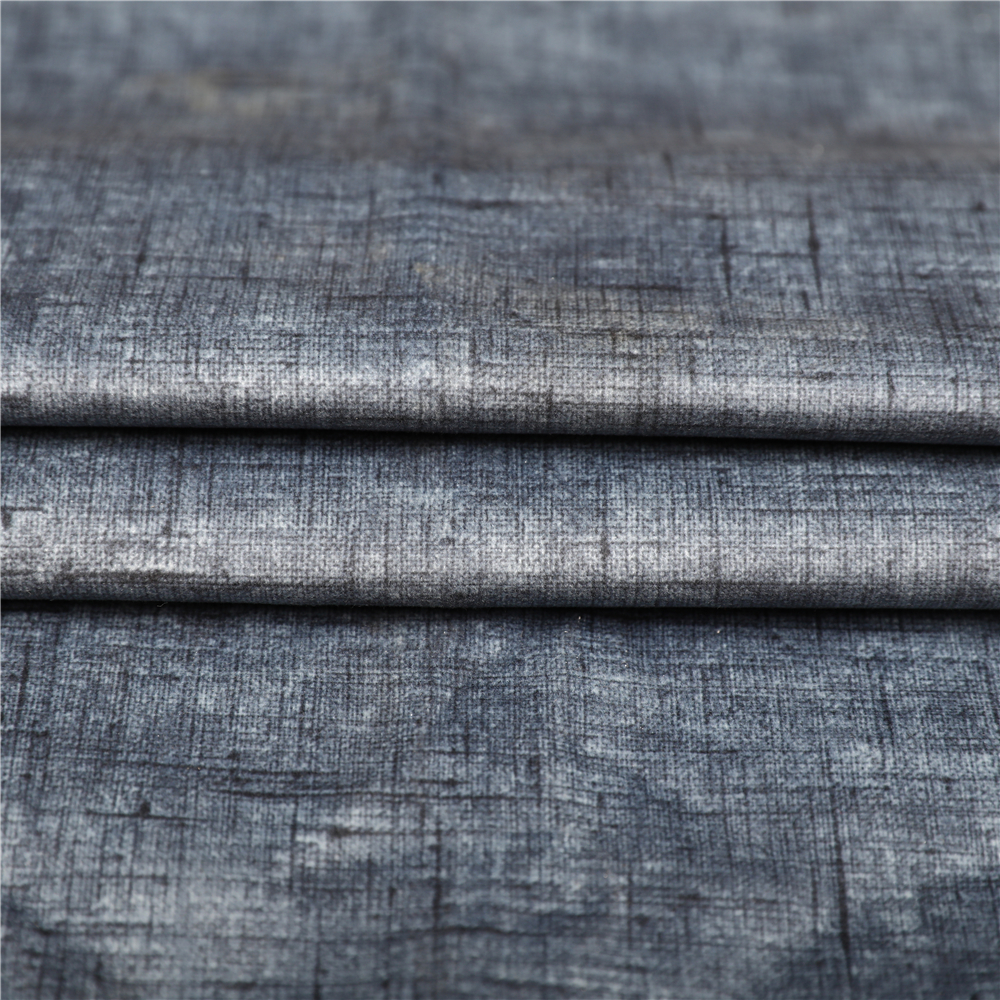The flame retardant performance of decorative fabrics refers to the fabric's ability to resist or slow down the spread of flames when exposed to fire. Flame retardancy is a crucial consideration, especially for fabrics used in applications where there is a risk of fire, such as in public spaces, hospitality settings, or areas with specific safety regulations. Different fabrics may undergo treatments or have inherent properties that enhance their flame retardant performance. Here are some factors related to the flame retardancy of decorative fabrics:
Inherent Flame Resistance:
Some fabrics have inherent flame-resistant properties due to their natural composition. For example, wool is known for its natural flame resistance.
Treatments and Coatings:

Many fabrics, both natural and synthetic, can undergo flame retardant treatments or coatings. These treatments are often applied to enhance the fabric's resistance to ignition and flame spread.
Fire-Retardant Standards:
Fabrics intended for use in commercial or public spaces may need to meet specific fire safety standards and regulations. These standards can vary by region, and compliance ensures that the fabric meets certain fire safety criteria.
Testing and Certification:
Decorative fabrics may undergo testing by independent laboratories to evaluate their flame retardant performance. Certifications or compliance with standards such as NFPA 701 (National Fire Protection Association) or other relevant standards are indicators of a fabric's flame retardant qualities.
Intended Use:
Fabrics used in different applications may have varying flame retardancy requirements. For example, fabrics used for upholstery in public spaces or drapery in hotels may need to meet stricter fire safety standards than fabrics used for decorative throw pillows.
Durability of Flame Retardancy:
The durability of flame retardant treatments is important. Some treatments may diminish over time, especially with repeated washing or exposure to environmental factors. Fabrics designed for long-term flame retardancy should maintain their effectiveness over the expected lifespan.
Cleaning and Maintenance:
Care instructions for flame-retardant fabrics are important to preserve their flame retardancy. Improper cleaning methods, such as using harsh chemicals, may affect the treated properties.
Applicable Codes and Regulations:
Compliance with local building codes, fire safety regulations, and other relevant standards is crucial. Fabrics used in commercial spaces, hospitality, healthcare, and other public settings are often subject to specific fire safety requirements.
It's essential to check with fabric manufacturers for specific information regarding the flame retardant performance of their products. Additionally, consulting relevant building codes and regulations in your region can provide guidance on the flame retardancy requirements for specific applications. When in doubt, especially for commercial or public projects, it's advisable to work with professionals knowledgeable about fire safety standards in interior design and construction.

 英语
英语 中文简体
中文简体

















